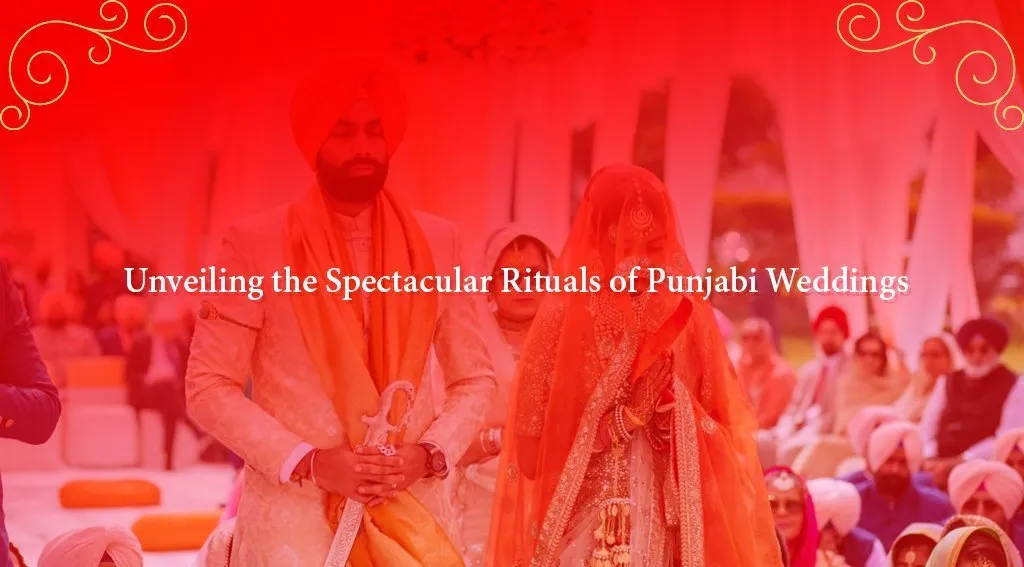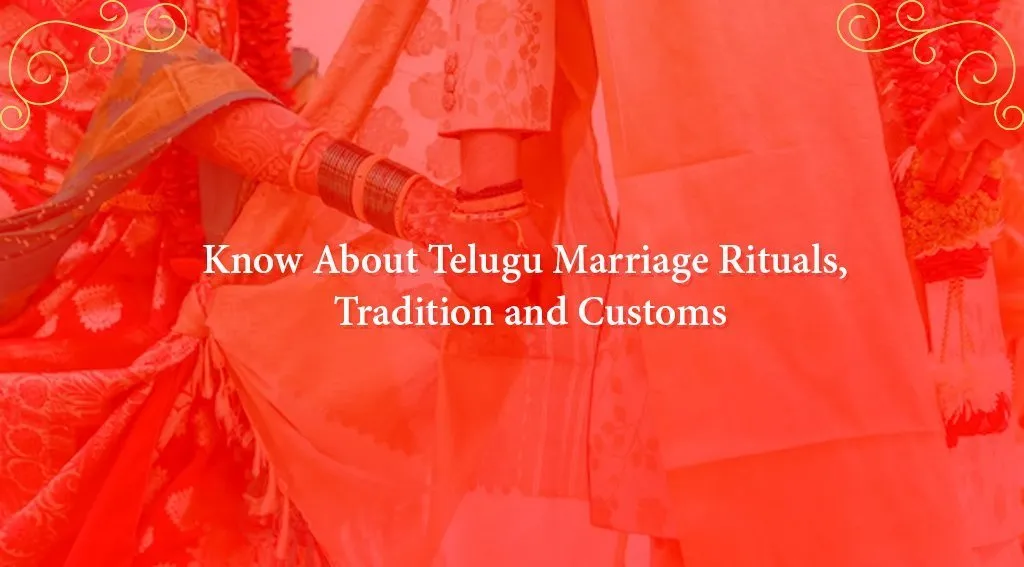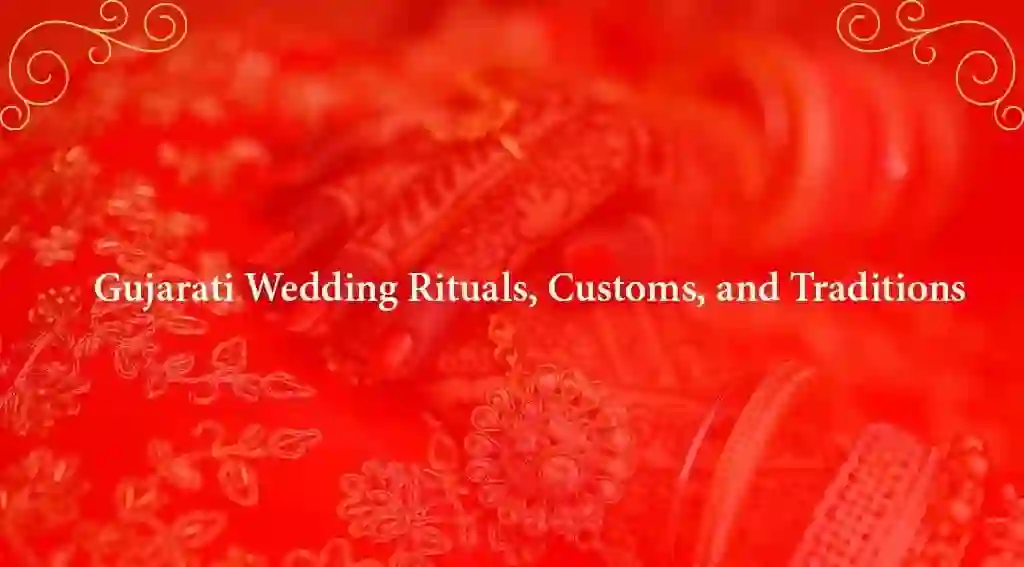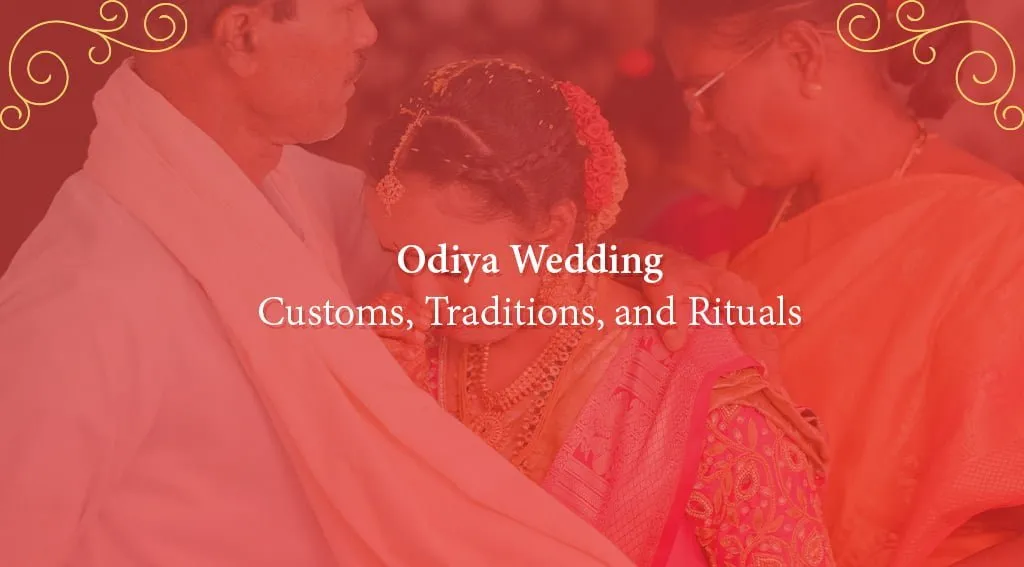Kerala is a beautiful state located in the southwestern region of India. Known for its lush greenery, serene backwaters, and stunning beaches, Kerala is also home to a unique and fascinating culture. One of the most beautiful aspects of Kerala’s culture is the traditional Kerela wedding ceremony.
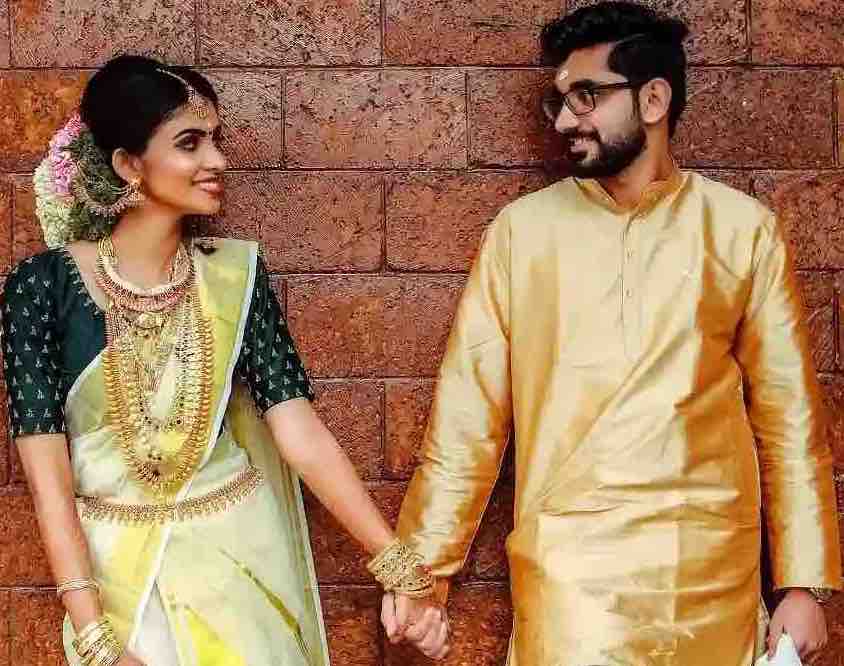
The Malayali Hindu wedding is a beautiful and elaborate affair that involves several rituals and customs. In this article, we will explore the various rituals and customs that make up a Kerala wedding.
Pre-Wedding Rituals
Nischayam or Engagement Ceremony:

The first step in a Kerela wedding is the engagement ceremony or ‘Nischayam’. This is where the bride and groom’s families meet, and the groom formally asks for the bride’s hand in marriage. The families exchange gifts and blessings during this ceremony.
Pudamuri Ceremony:
This ceremony is followed by the ‘Pudamuri’ ceremony, where the groom’s family presents gifts to the bride’s family. The bride’s family reciprocates with a similar ceremony known as ‘Thaali Kettu’. This ritual is a symbolic gesture of the families coming together in unity.
Mehendi Ceremony
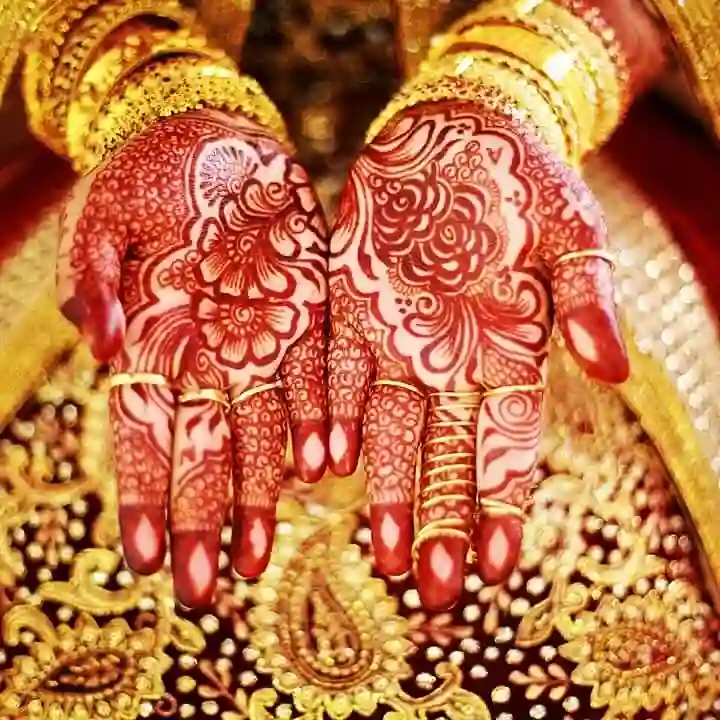
The Mehendi ceremony is a ritual where intricate henna designs are applied to the bride’s hands and feet. The bride, accompanied by her female relatives and friends, sits patiently as the skilled Mehendi artist weaves beautiful patterns on her skin. Mehendi is not only a form of adornment but also symbolizes love and marital bliss.
Nalangu Ceremony:
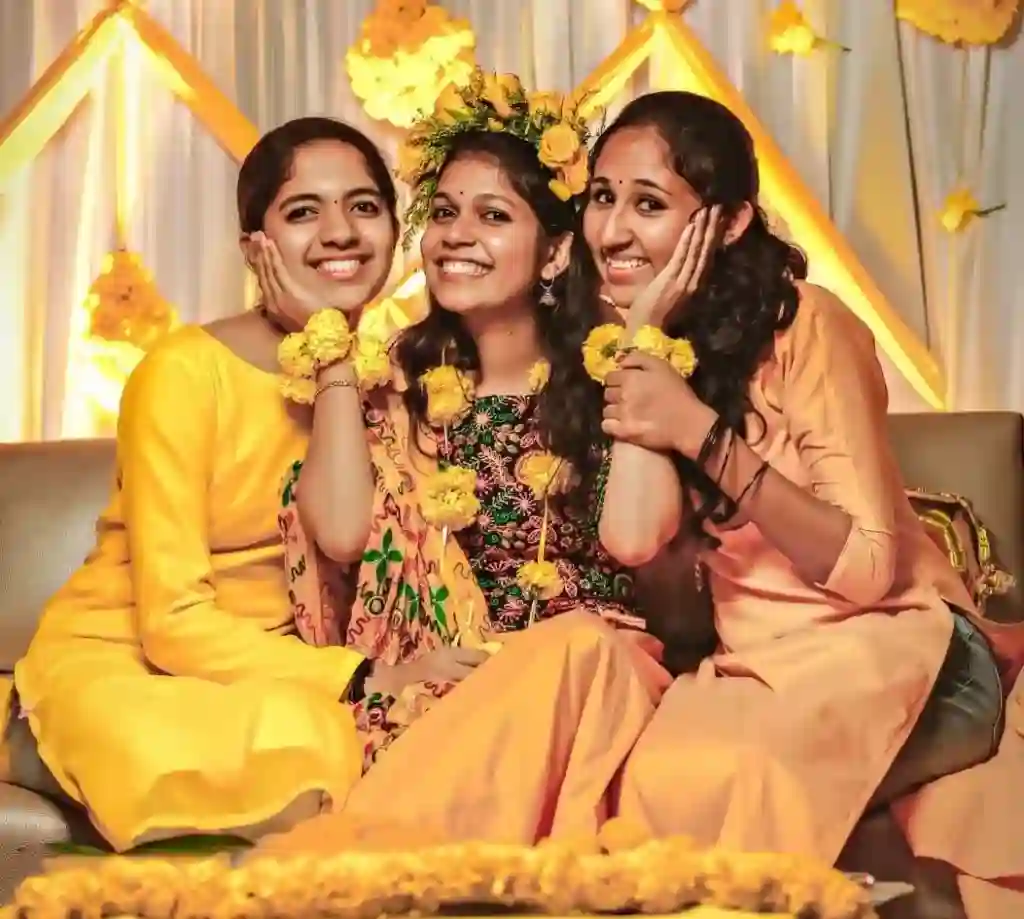
The Nalangu ceremony is held separately for the bride and groom. During this ceremony, turmeric paste is applied to their faces and bodies. They are then given a traditional oil massage to prepare them for the wedding ceremony.
Wedding Day Rituals
Madhuparkam:
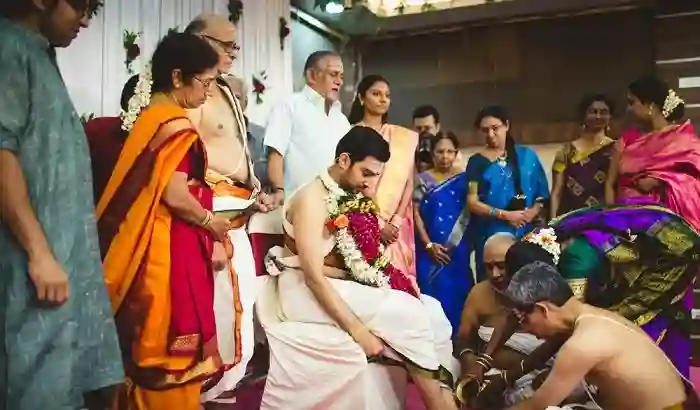
The wedding ceremony itself is a beautiful and elaborate affair that involves several rituals and customs. The first ritual is the ‘Madhuparkam’, where the groom is dressed in a traditional white ‘Mundu’ and ‘Mel Mundu’. The bride is then brought to the mandapam or wedding stage, where the couple exchanges garlands in the ‘Maala Maatral’ ritual.
Hridaya Sparsham:
This is followed by the ‘Hridaya Sparsham’ ritual, where the couple places their right hands on each other’s hearts. This symbolizes the unification of their hearts and souls.
Kanyadaanam:

The next ritual is the ‘Kanyadaanam’, where the father of the bride gives her hand in marriage to the groom. This is a symbolic gesture of the father’s trust and confidence in the groom to take care of his daughter.
Also Read | Gujarati Wedding Rituals, Customs, and Traditions
Saptapadi:
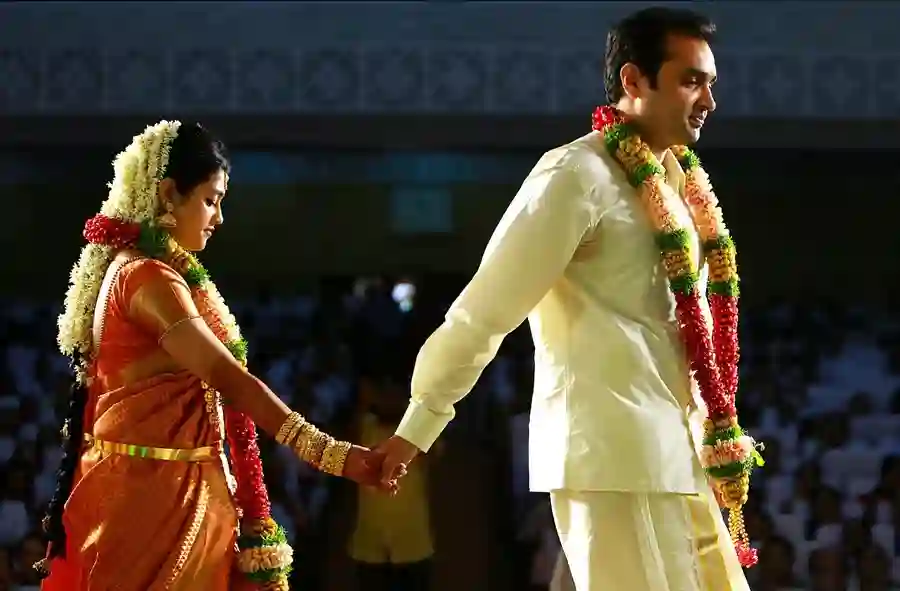
The ‘Saptapadi’ or seven steps ritual is one of the most significant rituals in a Kerala wedding. The couple takes seven steps together, each step representing a vow they make to each other. These vows are based on the principles of love, trust, loyalty, and mutual respect.
Thaali Kettu:

The ‘Thaali Kettu’ ceremony is the tying of the ‘Mangalsutra’ or sacred necklace around the bride’s neck. This symbolizes the bond of marriage and the groom’s promise to protect and care for his wife.
Post-Wedding Rituals
Sammandhi Mariyathai:

The ‘Sammandhi Mariyathai’ ceremony is a post-wedding ritual where the groom’s family visits the bride’s family to seek their blessings. The families exchange gifts and sweets during this ceremony.
Grihapravesham:

The ‘Grihapravesham’ or housewarming ceremony is performed when the bride and groom enter their new home as husband and wife. The couple is welcomed with traditional aarti and is given a tour of their new home.
Sparsham:

The ‘Sparsham’ ceremony is a post-wedding ceremony held for the bride. It is a custom that is unique to the Malayali community. In this ceremony, the bride’s legs are touched by a grinding stone symbolizing her Goddess Lakshmi. This is a symbolic gesture of good luck and prosperity for the newlyweds.
Griha Shanti:
The ‘Griha Shanti’ ceremony is a post-wedding ritual that is performed to seek the blessings of the gods for the newlyweds. This ritual involves the recitation of mantras and the performing of a ‘Havan’ or fire sacrifice.
Conclusion
A Kerela wedding is a beautiful and elaborate affair that involves several rituals and customs. The rituals and customs are a testament to the rich cultural heritage of Kerala and the Malayali community. It is a beautiful and joyous occasion that is sure to be remembered for a lifetime.
Matrimilan is the best matrimonial website for those looking to plan a Kerela wedding. With a vast database of eligible singles, Matrimilan makes it easy for families and individuals to find suitable matches. The website offers a variety of search filters, including language, religion, and occupation, to help users find the perfect match. Additionally, Matrimilan has a team of dedicated professionals who provide personalized assistance to ensure that the matchmaking process is smooth and stress-free.
What is the significance of the ‘Sadhya’ feast served at a Kerala wedding?
The ‘Sadhya’ feast is an important part of a Kerala wedding. It is a grand feast served on banana leaves and includes several traditional vegetarian dishes. The feast is a symbol of hospitality and is served to guests as a way of expressing gratitude and respect.
How long does a typical Kerala wedding ceremony last?
A typical Kerala wedding ceremony can last anywhere between 1 to 3 hours, depending on the number of rituals and customs involved. The wedding ceremony usually takes place during the day, followed by a reception in the evening.
What are some of the essential rituals in a Kerala Hindu wedding?
A Kerala Hindu wedding involves several essential rituals, including the engagement ceremony, the wedding ceremony, and post-wedding rituals such as ‘Griha Pravesh’ and ‘Griha Shanti’. Other essential rituals include the ‘Mehendi’ ceremony, ‘Pudamuri’, ‘Thaali Kettu’, and ‘Sadhya’ feast.


